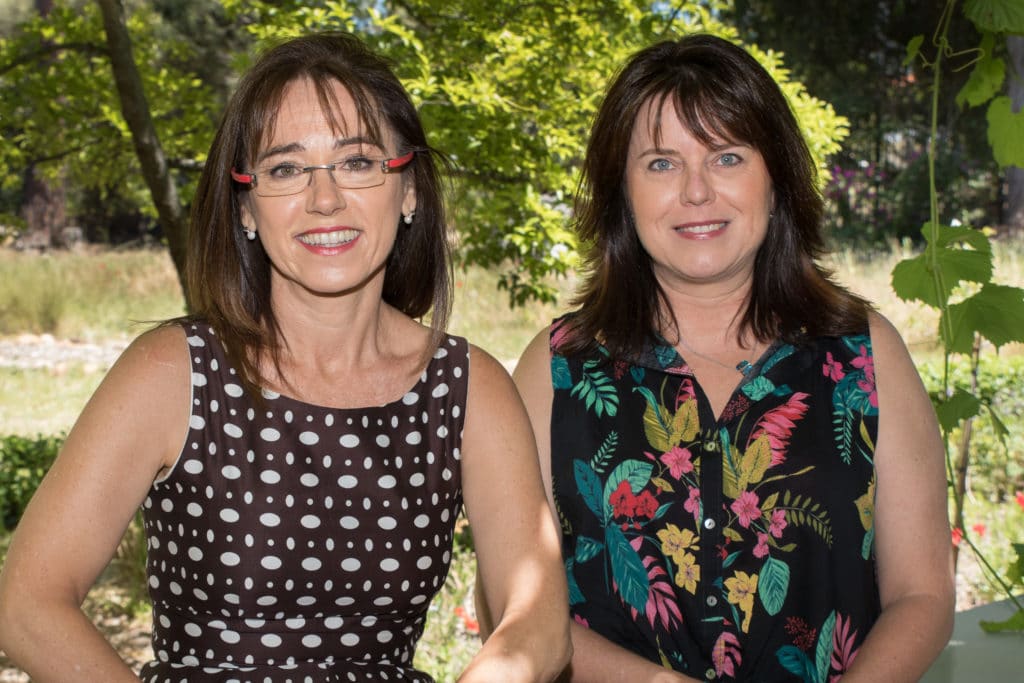“The arts and artistic performance are integral to our humanity, intricately yet often imperceptibly interwoven into the fabric of lives, serving the well-being of society. We argue that the health and well-being of performing artists in southern Africa is inadequately addressed in policy frameworks, underrepresented in research, and missing from arts education and medical training. During our STIAS fellowship we are finalising the development of a national association for health in the arts in southern Africa, and setting the foundations for an arts health research institute,” said Bridget Rennie-Salonen of the Africa Open Institute and the Music Department at Stellenbosch University.

“The health and wellbeing of artists is largely missing from legislation and training in South Africa,” added Clorinda Panebianco of the School of the Arts: Music at the University of Pretoria. “We are early in the process but incredibly enthusiastic and keen to get wider inputs. At the heart of the initiative is seeing artists as people.”
Describing it as “a project that has been simmering in the wings for about three years” since first suggested at a symposium at UNISA in 2017, Rennie-Salonen described it as an interdisciplinary endeavour that will bring together health promotion, optimal artistry, sustainable livelihoods and employability factors.
The network will be led by the universities of Stellenbosch and Pretoria, and will advocate for interdisciplinary scholarly activity in the field of performing arts health in South Africa. The aim is to boost research and interaction between institutions, industry professionals and researchers in the health sciences, sports sciences and performing arts (music, drama and dance). Projected outcomes include interdisciplinary research; graduate supervision; national and international collaborations; curriculum development; industry partnerships; and, clinical services.
“The field is well established internationally but basically non-existent in South Africa and more generally on the African continent,” said Rennie-Salonen. “Our unique African perspective will add to the large body of international research.”
They believe that the perspectives from the African cultural context and from African performers will be of huge value to the field globally while also offering much needed practical assistance to South African artists.
“We believe South Africa can be an African leader in health and wellbeing in the performing arts,” added Panebianco.
They have scrutinised the work and models of different international organisations including the London Centre for Performance Science and the CODARTS University of the Arts in Rotterdam and will link with these as well as with other performers’ organisations in South Africa.
The main aims will be to facilitate awareness, education, advocacy and curriculum development as well as developing infrastructure to link members and service providers (like medical insurance and healthcare practitioners) and provide information via events and newsletters.
‘Our goal is to identify, understand and solve the problems of performing artists,” said Panebianco.
In this regard some of the research areas already identified include – health promotion, health and wellbeing interventions, as well as the impact of the arts on public health.
Pointing to the challenges they face, Panebianco highlighted time, money and the huge importance of institutional and political buy-in.
“We have had an overwhelmingly positive response from everyone,” she said. “Now that needs to translate into funding, buy-in, passion and energy.”
#Artisthealthmatters
They pointed to a general lack of detailed knowledge about the health of performing artists in South Africa. But they described performing artists as being at high risk of injuries and other health issues.
“Performing requires massive physical and mental fitness,” said Rennie-Salonen.
Dancers are expected to have levels of athleticism that sometimes outstrip those of top-class athletes while musicians are often subject to injuries linked to repetitive movements or ergonomics. A career can literally end due to an injury or incorrect treatment.
“Performers often don’t know who to go to and medical practitioners may not fully understand the nature of the injuries and the impact of the treatment,” said Panebianco.
Health issues faced by performers usually fall within four categories – musculoskeletal, psychosocial, vocal and hearing.
They stressed the huge importance of the psychosocial and mental health aspects. Performers are under massive stress – very few professions involve that degree of reliance on constant auditioning to ensure economic survival as well as such high levels of public scrutiny and critique.
“There is also often stigma and secrecy surrounding health problems for fear of losing work,” explained Rennie-Salonen. “I believe our insider status as professional performers gives us insights into these challenges and experiences.”
These aspects are under even greater strain in the face of an extremely challenging year for the performing arts. In discussion Panebianco pointed to research showing the severe impact of COVID-19. “There is research underway globally looking at performers’ coping, resilience, mental health and physical wellbeing during this period. We are looking at the results of our local survey which is a collaboration between the arts and psychology departments. Speaking very broadly, it seems to have been a time in which artists have either been extremely prolific or have not been able to produce work at all.”
“Obviously, right now, socio-economic issues are massive. Money is an issue,” added Rennie-Salonen. “We need to look very critically at the socio-economic and deployment factors. There is a need for more understanding of the role and value of the performing artist across a range of cultural contexts In South Africa.”
Michelle Galloway: Part-time media officer at STIAS
Photograph: Anton Jordaan
